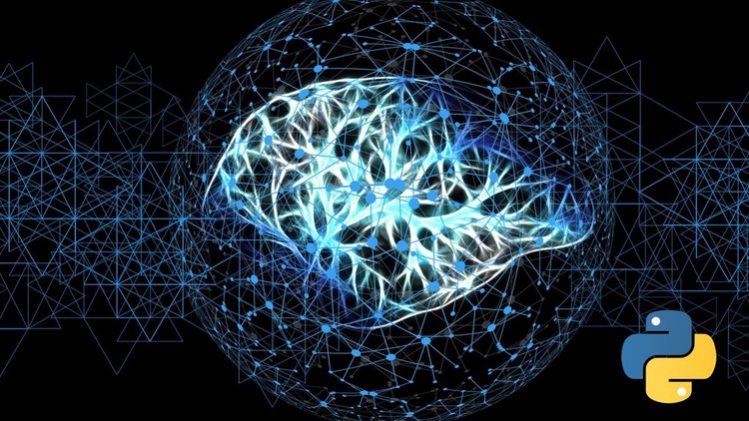
Basics of Deep Learning
Artificial Neural Network
Artificial Neural Network with Keras, Python
Regression and Classification with Artificial Neural Network
Convolutional Neural Network
Recurrent Neural Network
Welcome to Deep Learning Fundamentals.
This course covers the basic theory and Python practice of artificial neural networks. This course is designed for beginners who are interested in deep learning. Having knowledge of undergraduate level mathematics is preferable, but not a must.
Artificial intelligence is a technology that makes machines imitate intelligent human behavior and human cognitive functions. Machine learning is a branch of artificial intelligence. It enables systems to learn from data automatically, that is, learn without being explicitly programmed. Deep Learning is a type of machine learning. It uses artificial neural networks to solve complex problems.
One reason why deep learning has drawn much attention is that it overcomes the limitations of traditional machine learning. The first limitation is that traditional machine learning cannot handle high dimensional data. Thus, the performance of the traditional machine learning model tends to level off as the data amount increases. The second is that, when we use traditional machine learning techniques, we need to extract features manually. Therefore, when we analyze image data or movie data, traditional machine learning techniques are not suitable because such data contains a great number of features.
Deep learning can overcome these limitations of traditional machine learning. An artificial neural network is one of the algorithms of artificial intelligence, and usually, it takes a form of a deep learning model. It simulates the network neurons that make up the human brain. The structure of an artificial neural network enables a deep learning model to solve complex problems that traditional machine learning algorithms can hardly handle.
This course has some Python tutorials for developing deep learning models. And this course uses a library named Keras, which enables us to develop deep learning models efficiently. Basic-level Python knowledge is preferable, but Python beginners are also welcome.
This course consists of three modules.
1. Artificial Neural Networks
2. Convolutional Neural Networks
3. Recurrent Neural Networks.
The first module is the basic of artificial neural network.
The second module covers convolutional neural network that is a type of network effective for handling image and movie data.
The third module covers recurrent neural network that is effective for time-series analysis and analyzing text data.
After completing this course, you will have a fundamental knowledge of deep learning.
I’m looking forward to seeing you in this course!






